
What is Digital Marketing and How Does it Work? Full Guide (Updated 2025)
Digital marketing has evolved into a vital tool for companies of all sizes in the fast-paced, globally connected world of today. But what exactly is digital marketing, and why does it matter in 2025?
Let’s start with a few key stats:
- As of July 2025, there are 5.35 billion internet users worldwide.
- Global digital ad spend is projected to rise by 9.1% this year, surpassing $1.2 trillion, driven by emerging tech, AI automation, and video-first platforms.
What is Digital Marketing?
Digital marketing encompasses a wide range of online strategies used to promote products, services, or brands through digital channels. It's adaptive, data-driven, and dynamic—designed to connect businesses with global audiences at scale.
The Digital Marketing Ecosystem
Let’s take a closer look at the key types of digital marketing dominating in 2025:
Search Engine Optimization (SEO)
SEO helps your website rank higher on search engines. With evolving algorithms, the 2025 focus is on helpful content, search intent, and user experience. Think fast-loading pages, mobile responsiveness, and AI-powered keyword research.
→ Explore The Ultimate Guide to Ecommerce SEO in 2025
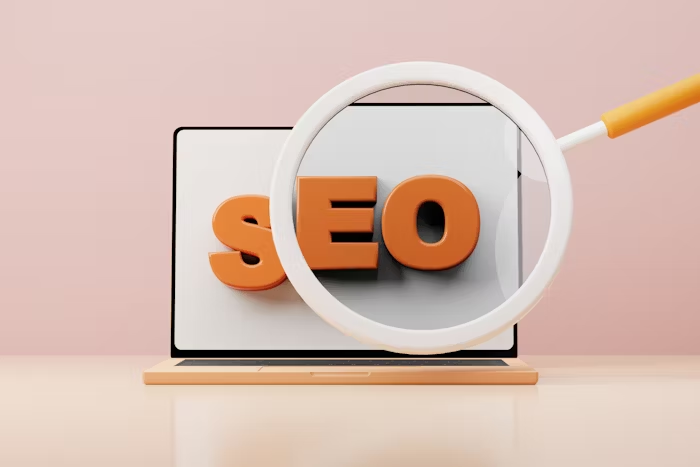
Content Marketing
High-quality content still reigns. From long-form blogs and short-form videos to interactive infographics and webinars, the goal is to inform, entertain, and engage your target audience.
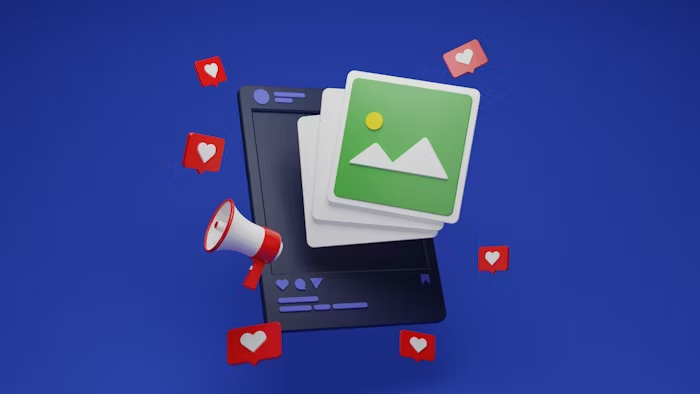
Social Media Marketing
Social platforms like Instagram, LinkedIn, TikTok, and Threads continue to shape the brand experience. In 2025, social media is shoppable, video-heavy, and driven by community engagement and short-lived content (Stories, Reels, etc.).
→ Master TikTok Ads with this essential guide

Email Marketing
Despite the rise of newer platforms, email marketing remains a high-ROI channel. Hyper-personalized automation, interactive email design, and segmentation are key trends.

Pay-Per-Click (PPC) Advertising
PPC advertising offers precision targeting with measurable results. In 2025, expect smarter bidding strategies, AI-generated ad copy, and a deeper focus on intent-based targeting.
→ Learn how to optimize paid campaigns with A/B testing
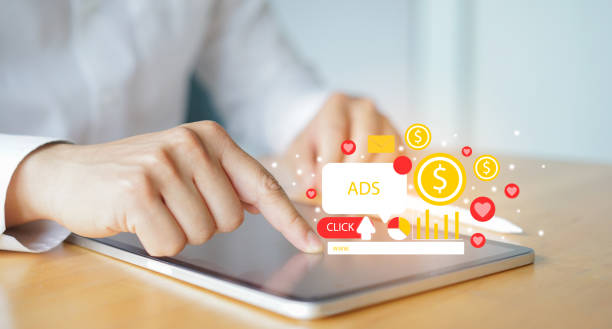
Affiliate Marketing
Affiliate programs continue to thrive, especially when combined with niche influencers and micro-creators who bring authentic engagement and conversions.
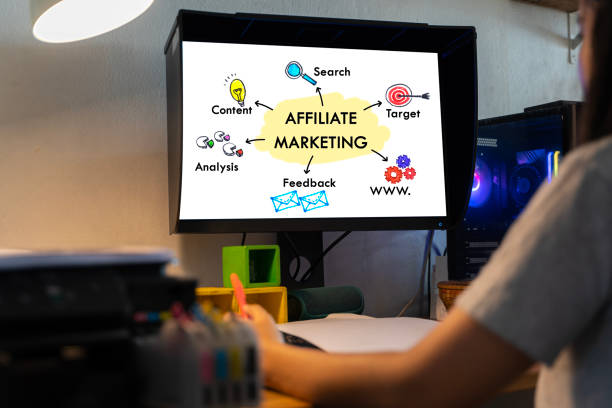
Influencer Marketing
In 2025, influencer marketing is all about authenticity. Nano and micro-influencers drive higher engagement by aligning more closely with audience values and lifestyles.

Marketing Automation
Automation streamlines repetitive tasks like lead nurturing, email sequences, and social posting. With AI in the mix, expect even more personalized customer journeys and predictive analytics.
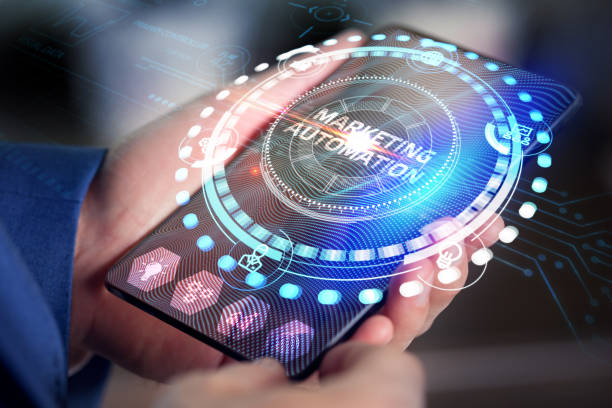
Why Digital Marketing Still Matters in 2025
Digital marketing isn't just surviving—it's thriving. Here’s why it remains critical:
Global Reach
Whether you're a local business or a global brand, digital marketing gives you a worldwide stage.
Cost-Effective
From email to social media, many digital strategies offer exceptional ROI:
- Content marketing costs 62% less than traditional marketing and delivers 3x more leads.
- Email marketing still boasts an average ROI of $42 for every $1 spent.
- Over 89% of marketers in 2025 say their social media efforts significantly boost visibility and engagement.

Targeted Advertising
Precision targeting allows businesses to deliver tailored messages based on demographics, behavior, and interests—leading to higher conversion rates and less ad spend waste.
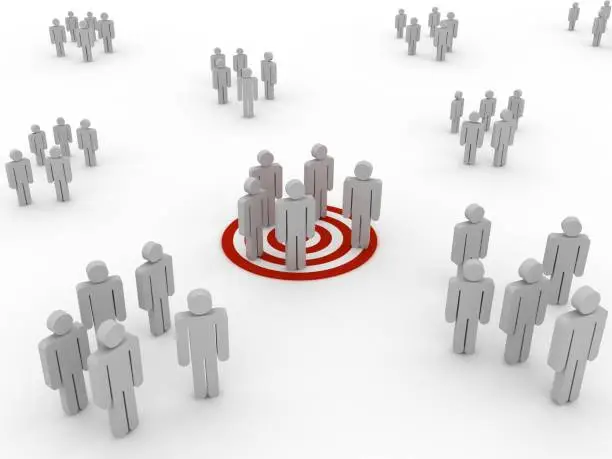
Measurable Results
Data reigns supreme. Real-time metrics and analytics tools let you track campaign performance, adjust strategies, and prove ROI—instantly.
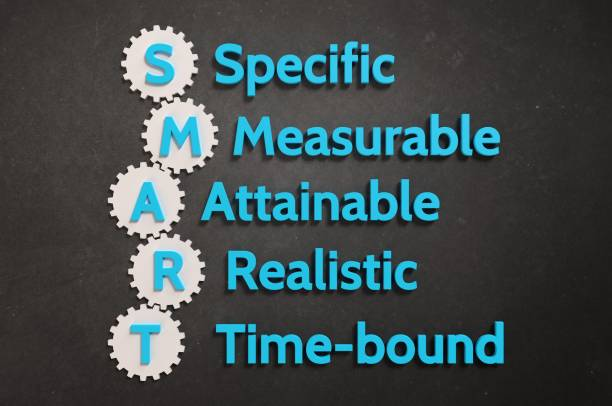
Real-Time Feedback
Digital platforms provide immediate audience feedback, allowing brands to pivot and improve faster than ever.

Improved Customer Engagement
You’re not just talking to your audience; you’re engaging with them. Whether through DMs, comment replies, or personalized responses, customer engagement builds loyalty.
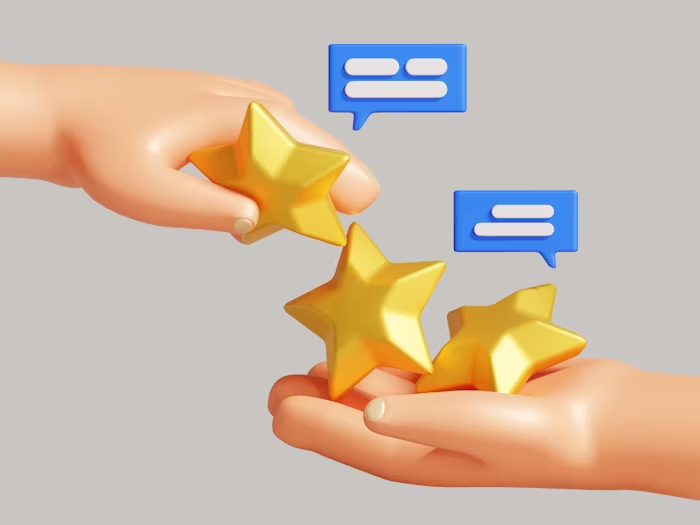
Personalization
With machine learning and AI, brands can offer content, products, and messaging tailored to individual users based on past behaviors and preferences.
Content Marketing (Yes, Again!)
Content continues to be your brand’s storyteller and trust builder. In 2025, interactive content like quizzes, AR experiences, and bite-sized educational videos take center stage.
Competitive Advantage
Staying ahead in digital means staying relevant. Your competitors are already leveraging AI tools, voice search, and immersive experiences—so keeping up is essential.
Offline Digital Marketing in 2025
Surprisingly (or not), offline marketing still plays a key role in today’s digital strategies. It’s about merging in-person experiences with online action.
What Is Offline Digital Marketing?
It refers to traditional or physical marketing activities that connect users with your digital presence. Think of it as an entry point to your brand’s online world.
Examples of Offline Digital Marketing
SMS Marketing
With 7.1 billion smartphone users worldwide, SMS remains a powerful channel for direct, immediate communication.
QR Codes
QR code usage is at an all-time high, bridging the gap between physical ads (posters, menus, brochures) and digital content (landing pages, videos, forms).
In-Store Promotions
Retailers incentivize customers to post, share, or engage with their brand online while shopping in-store—boosting both foot traffic and digital engagement.
Print with Digital CTAs
Magazine ads, mailers, and billboards often include QR codes, URLs, or hashtags to direct consumers to websites, product pages, or social media accounts.
Event Marketing
Brands that host or sponsor events encourage attendees to share experiences online—creating a loop between offline activation and online exposure.
- 75% of consumers are more likely to buy after attending a branded event
- 98% feel more positively about a brand following a live experience
TV and Radio Ads
Still powerful—especially when paired with a clear digital CTA like a URL or hashtag. These traditional ads now fuel multi-channel digital engagement.
Contests and Giveaways
Offline contests (e.g., store openings or events) often ask for online participation, blending excitement and engagement across channels.
How to Build an Offline Digital Marketing Strategy
- Set Clear Objectives
Define what you want to achieve—brand awareness, traffic, leads, etc. - Know Your Audience
Learn how your target audience interacts both offline and online. - Choose Your Channels
Pick offline methods that complement your digital goals:
- Print (newspapers, magazines, brochures)
- Direct mail
- Events and activations
- In-store promotions
- Print (newspapers, magazines, brochures)
- Ensure Consistency
Your brand voice, visuals, and message must stay consistent across all channels. - Track and Measure Results
Use digital tools to track offline-to-online engagement—like QR scans, social shares, or unique landing page visits. - Allocate Budget and Resources
Make sure your team and tools can support both your online and offline efforts. - Continual Engagement
Stay active across channels. Respond, update, and interact with your community regularly.
How to Build a Digital Marketing Strategy in 2025
Your digital marketing success depends on thoughtful planning and execution. Here’s your game plan:
1. Define Goals & Understand Your Audience
Set SMART objectives. Then, create detailed buyer personas to shape your messaging and content.
2. Set Your KPIs
Track your progress with clear performance metrics across:
- SEO: Organic traffic, keyword rankings, CTR, conversion rates
- Content: Views, engagement, scroll depth, content ROI
- Social Media: Reach, engagement, follower growth, CTR
- Email: Open rate, click-throughs, conversion rate, list growth
- PPC: CTR, impressions, ROAS, conversion rates
3. Select Your Channels
Prioritize the platforms where your audience spends time—Google, YouTube, Instagram, TikTok, Threads, LinkedIn, email, etc.
4. Set a Budget
Account for software, content production, ad spend, and staff. Align your budget with expected returns.
5. Develop a Content Strategy
Plan your content calendar with a mix of formats (blogs, short-form videos, infographics, etc.) and a compelling narrative that resonates with your audience.
6. Optimize for SEO
Use modern SEO tools like SEMrush, Ahrefs, and Google’s Search Console. Focus on user-first content and topical authority.
7. Measure and Refine
Use Google Analytics 4 (GA4), platform insights, and AI-powered dashboards to evaluate results and adjust your strategies accordingly.
Final Thoughts: Bridging Online and Offline in 2025
Digital marketing in 2025 is no longer just about clicks and impressions. It's about connection.
Blending the best of online efficiency with offline authenticity gives your brand a dynamic presence that customers remember. The most successful marketers in 2025 are those who understand that it's not about choosing between online and offline—it's about integrating both to create a seamless, engaging experience.
Whether it’s through a personalized email, an Instagram Reel, a QR code on a coffee sleeve, or a conversation at a live event—the future of marketing is everywhere your customer is.

